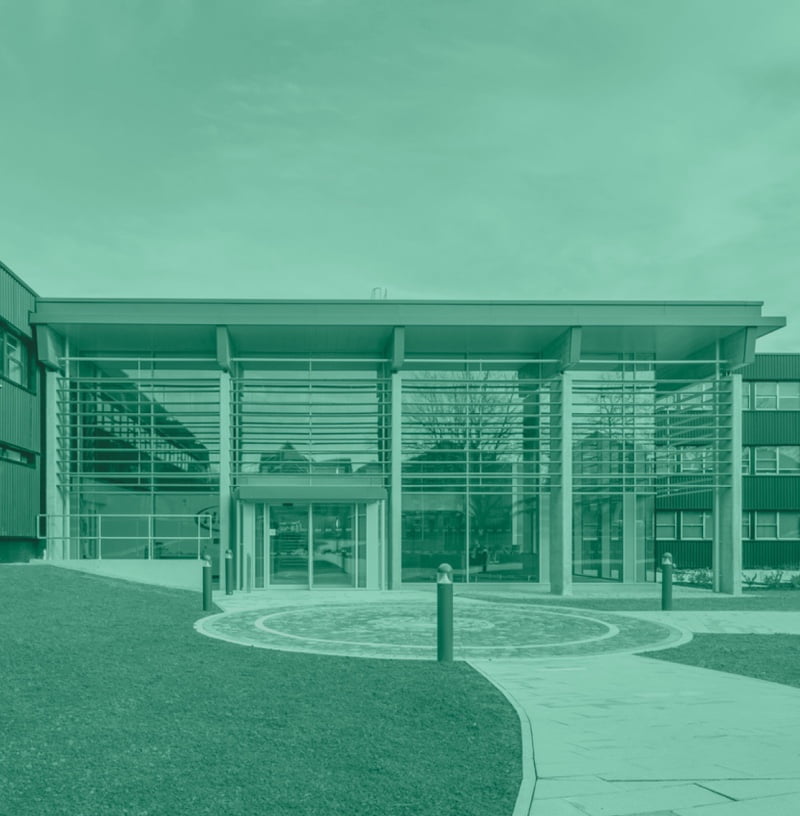Crop quantitative genetics
The quantitative genetics research group focuses on how genetic variation between different crop accessions can influence their phenotypes, particularly for traits controlled by many genes. Our research involves investigating statistical genetics, breeding methodologies and a vast range of data exploration techniques. The group contributes to the analysis and design of important NIAB wheat and barley collections, with the aim of advancing crop genetics and contributing to achieving sustainable agriculture in changing climates.
Research areas
On the voyage to discover wheat diversity
For over a decade NIAB has been creating ‘diversity-enriched’ wheat with the aim of targeting the diversity bottleneck in modern cultivars. This work has formed NIAB’s contribution to large multi-partner projects such as the BBSRC funded public-good wheat projects ‘WISP’ and ‘Designing Future Wheat’. Through these projects, NIAB has formed large, diverse, and powerful Nested Association Mapping (NAM) resources that capture genetic diversity from wheat’s wild relatives and progenitors.
The crop quantitative genetics group has been involved in the genetic investigation of NIAB’s diversity panels, including genotyping, genetic mapping, designing phenotyping experiments and analysing trait data. We are also working with UK-based seed breeding companies to integrate years of field data and form genomic selection pipelines for making predictions over which genotypes could be the most valuable to breeding.
More tools for the breeders’ toolbox
Using our expertise in quantitative genetics we are developing analysis pipelines and tools for breeders, as well as academics, to explore crop genetics via statistical approaches. In collaboration with EMBL-EBI, we are currently involved in a BBSRC funded project called ‘Ensembl Plant Populations’. This project will integrate our genetic mapping pipelines with an online genome browser, to empower users to conduct statistically rigorous analyses on genetically diverse populations, from many different crop species.
Through DEFRA funding, we are also investigating how the use of molecular technology could improve DUS testing for spring barley. This project focuses on using genetic markers and varied analysis approaches to shorten the DUS timeline for assessing potential varieties.
Harnessing genetics to improve crop photosynthesis
We are working to breed for increased photosynthetic efficiency in an African orphan leafy crop as part of a collaboration between NIAB, the Universities of Cambridge and Abomey-Calavi, Benin.
Our group also has experience in exploring crop photosynthesis and we are investigating if we can underpin the genetic variation associated with photosynthetic differences observed in wheat leaves and ears.
About the group leader
Tally is a scientist from a Cambridgeshire farming background with a diverse background in genetic data analysis and crop physiology. Before his current role, he served as a postdoctoral researcher at NIAB in the Genetics and Breeding group, where he contributed to projects generating large genetic datasets for crop genomic investigation.
Tally earned his PhD from the University of Cambridge in 2018, focusing on crop physiology. His research, funded by a BBSRC PhD studentship centred around ‘Agriculture and Food Security’, was based at NIAB. During his PhD, he explored photosynthetic diversity in wild wheat species and investigated how this diversity could be leveraged to improve modern wheat varieties. In recognition of his contributions, Tally received the PhD MonoGram Early Career Excellence Award in 2018.
Other research groups
